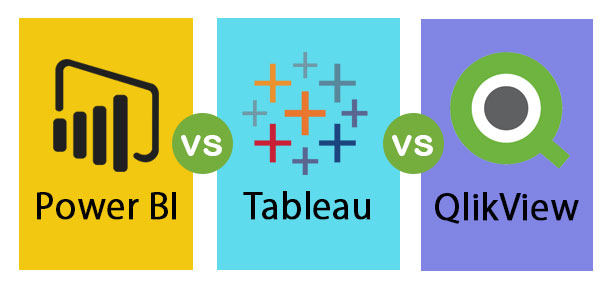
Tableau Interactors serve as primary support for reporting needs within their own department or functional area. Monitoring Usage Report of their Workbooks and Data Sources. Providing Tier 1 support for Tableau issues reported by departmental or group personnel.ġ9. Coordinating with Tableau Admin Team for Production Deployment.ġ8. Providing knowledge transfer and support to Interactors and Viewers.ġ7. Obtain SVP/Chair/Dean Approvals to request access for P4 dashboardsġ6. Follow up with Interactors/Viewers to complete DocuSign attestations.ġ5. Follow up Managers for any required approvals.ġ4. Requesting access for Interactors and Viewers.ġ3. Cataloging measures and dimensions in Collibra.ġ2. Resolving any data or performance issues related to workbooks and data sources.ġ1. Performing Unit Testing on Development and QA sites.ġ0. Monitoring the status of extract schedules on QA site.ĩ. Refreshing Extracts on Development and QA sites.Ĩ. Publishing Workbooks and Data Sources to Tableau Development and QA sites.ħ. Developing Workbooks and Hyper Extracts on Tableau Desktop.Ħ. Performing Data Modeling in Tableau Desktop.ĥ. Adding or Creating Dimensions, Measures and Calculations.Ĥ. Establishing connections to Data Sources.ģ. Tableau Developer responsibilities include:Ģ. Developer also acts as the primary point of contact from their department to communicate and co-ordinate with different stakeholders including Functional Users, Tableau Admin Team, Database Administrators, and Data Governance Team etc The role of a Tableau Developer in the SSA Program is to Design, Develop,Publish,Test and Troubleshoot Dashboards and Data Sources. In some cases, the Developer may also assume Interactor role responsibilities.

The Developer is the department or group’s point of contact for IT for coordination, approvals, migration of data and workbooks between environments, as well as sign-offs prior to migration of objects to the production environment. Developers work within their respective areas to develop and modify reports and dashboards, provide connections to new and existing data sources, prepare data for use in Tableau, develop extracts, publish data sources and workbooks, develop custom scripts, coordinate releases of data and workbooks, as well as perform complex technical tasks such as integration with R. Developer RoleĪ Tableau Developer serves as a technical resource for specific departments or functional areas. The responsibilities of these user roles and how they use the SSA Tableau platform varies. Want to know if you are a Developer, Interactor or Viewer? Take the quiz and find out! Tableau defines three roles, each requires different access and security levels. Tableau tasks range from simple viewing of a dashboard to more complex tasks such as connecting to databases or data modeling. It’s time to consider who will be using Tableau and what role is the best fit.Įvery Tableau user is assigned a role based on how your organization will use the self-service capabilities, and the tasks you’ll be performing. The workbook’s location and name will be populated in the Publish dialog.Congratulations! You’ve determined that self-service with Tableau is a good fit for your reporting needs. Note: if you edited a workbook in Tableau Desktop and want to publish your changes, select Server > Publish Workbook and select Publish. For more information about Personal Space, see Create and Edit Private Content in Personal Space. Explorers can only save to Personal Space. Creators can select a location to save the workbook, either in a project or to their private Personal Space. To save your work as a new workbook, select File > Save As. To save your work in the current workbook, select File > Save. To close the view without saving your changes, select File > Close. The Save options available to you will vary depending on your permissions set by your Tableau site administrator.
TABLEAU READER VS TABLEAU VIEWER HOW TO
To learn how to build a chart or dashboard, see Step 4 in Creators: Get Started with Web Authoring and Explore and Analyze Data in a View. Select the Edit in in Desktop icon in the authoring toolbar to open, then publish the workbook to the site when you're finished. Note: If you have Tableau Desktop version 2021.2 or later, you can also open the workbook in Tableau Desktop and edit there. When you click Edit, the view opens in web authoring mode. Sign in to a site, then either open the workbook that contains the view you want to edit, or show All Views from the Explore page.


 0 kommentar(er)
0 kommentar(er)
